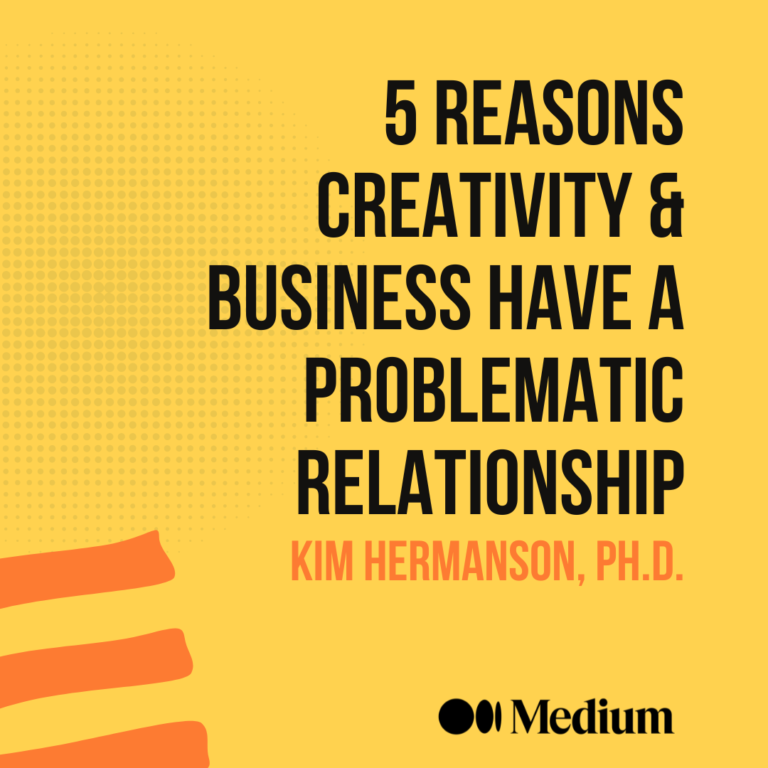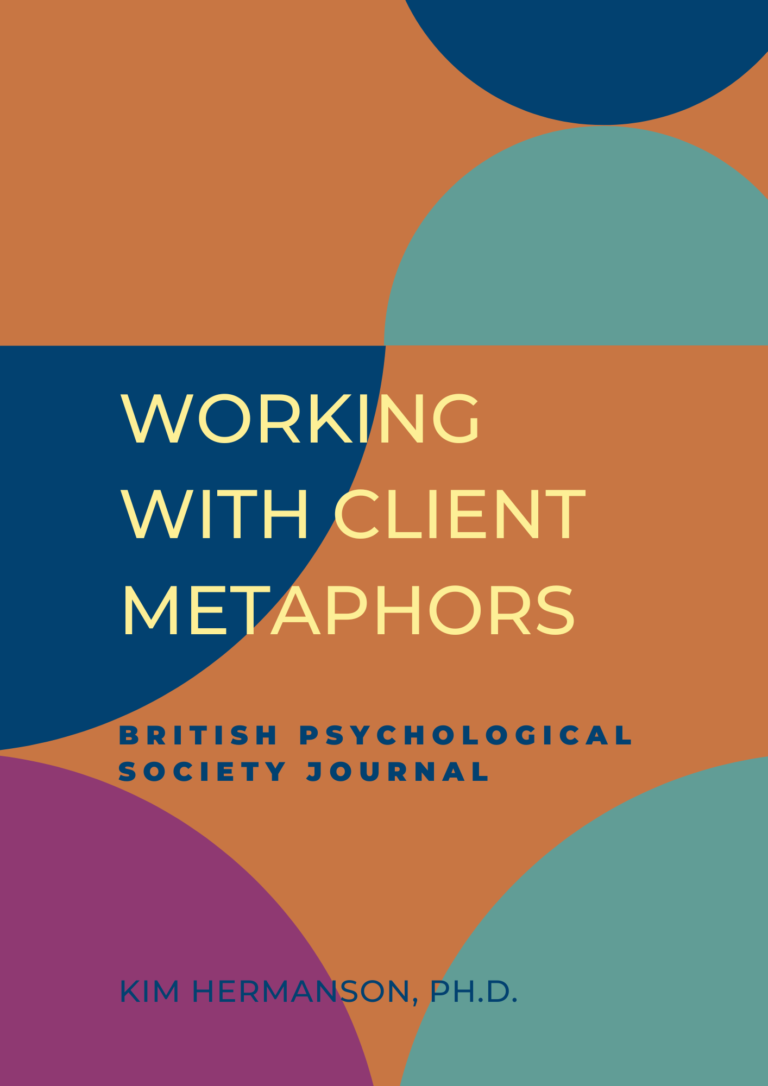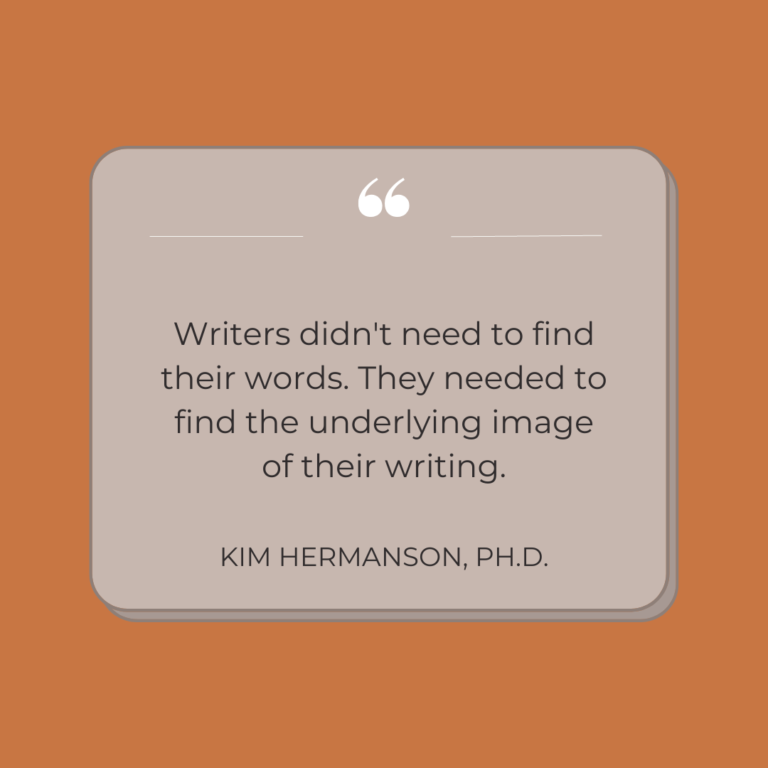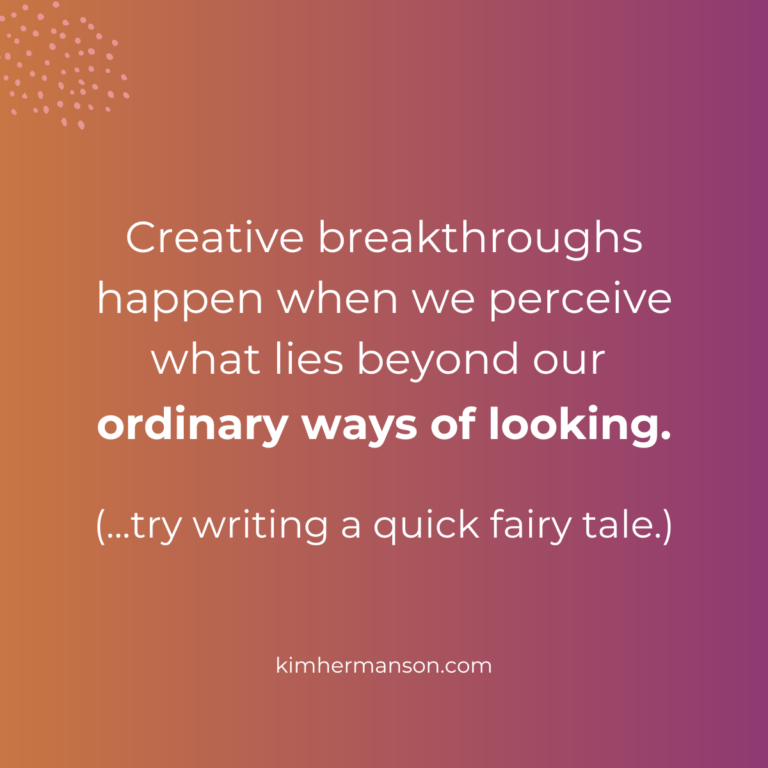How metaphors shape our lives: Exploring key images and social change

“Don’t look for me in a human shape. I am inside your looking. No need for form with a love this strong.”
—Rumi
Rumi’s lines are deeply evocative and open to interpretation. As someone who teaches courses on the psychology of metaphor, I see these words as pointing to the profound power of metaphor in shaping how we perceive the world. Metaphors are, as Rumi suggests, “inside our looking.” They are not physical forms but emotional and cognitive lenses through which we experience life. And the most powerful metaphors often come from what moves our hearts.
Key Images: The Metaphors That Define Us
Metaphors don’t just enrich our language; they are the foundation of how we understand and interact with the world. Many of us have key images—deeply personal metaphors that guide our lives and learning. These images often originate in childhood and stay with us throughout our lives, shaping our creativity and sense of purpose.
For me, growing up on an Iowa farm, my key image is tied to planting and nurturing growth in fertile soil. This metaphor has stayed with me as a source of nourishment and meaning, even though I’ve spent much of my adult life in cities. For others, the key image might come from a different environment. A friend who grew up near the sea finds inspiration in the ebb and flow of ocean waves.
Artists and writers often work with key images. For example, E.B. White’s fascination with spider webs as a child led to his iconic book, Charlotte’s Web. As Walt Whitman once mused, “The first object [a child] looked upon, that object he became.”
The Psychological Perspective
Carl Jung believed that the psyche is made up of images. These aren’t just reflections of external objects but deeply imaginative constructs tied to our innermost being. My love for planting, for instance, is as much about my relationship with my father and his connection to the land as it is about the act of gardening itself.
James Hillman, a renowned archetypal psychologist, described life as the “actualization over time” of the images that define us. He argued that these key images “call us to a destiny.” Similarly, the philosopher Henry Corbin, influenced by Sufi philosophy, believed that each person carries a unique “image of God”—a deeply personal vision that aligns with their soul’s essence.
How Metaphors Shape Thought and Social Change
Metaphors are not merely decorative. They influence how we think, act, and perceive the world. As George Lakoff’s research on cognitive linguistics shows, our thoughts are fundamentally metaphorical. Metaphors create the frameworks through which we interpret experiences, often operating below conscious awareness.
Consider significant life events. A friend of mine recently lost her father. Shortly after his passing, she found herself struggling to drive a large U-Haul truck carrying his belongings. For her, this became a metaphor for navigating life without him—an oversized challenge that felt overwhelming but necessary.
Even in societal contexts, metaphors play a critical role. Marshall McLuhan famously said, “The medium is the message.” Metaphors are the medium through which we shape both individual and collective realities. For example, a political leader who speaks of environmental work as a “battle” may unintentionally reinforce a worldview rooted in conflict rather than collaboration.
Why Metaphors Matter
Metaphors have the power to inspire and transform. They provide:
- Concrete imagery that makes abstract ideas relatable.
- Universal connections through shared sensory experiences.
- Emotional resonance that moves us to action.
- Shades of gray that open up creative possibilities.
- Democratic participation, inviting multiple interpretations.
By shifting our focus to the metaphoric level, we can unlock new ways of thinking and problem-solving, both personally and collectively.
Your Personal Metaphors
Do you have a key image or metaphor that keeps returning to you? Perhaps it’s a recurring dream, a childhood fascination, or a vision that won’t let you go. These metaphors are not just reflections; they are invitations to explore deeper truths and new possibilities.
Join Me at Esalen
For a deeper dive into how metaphors shape personal and cultural change, join me for my upcoming workshop:
Getting Messy: Creative Process and Social Change
Dates: March 4–6, 2011
Location: Esalen Institute, Big Sur, California
Register here or call Esalen at (831) 667-3000.
Together, we’ll explore the transformative power of metaphors and learn how to harness them for growth and change.





